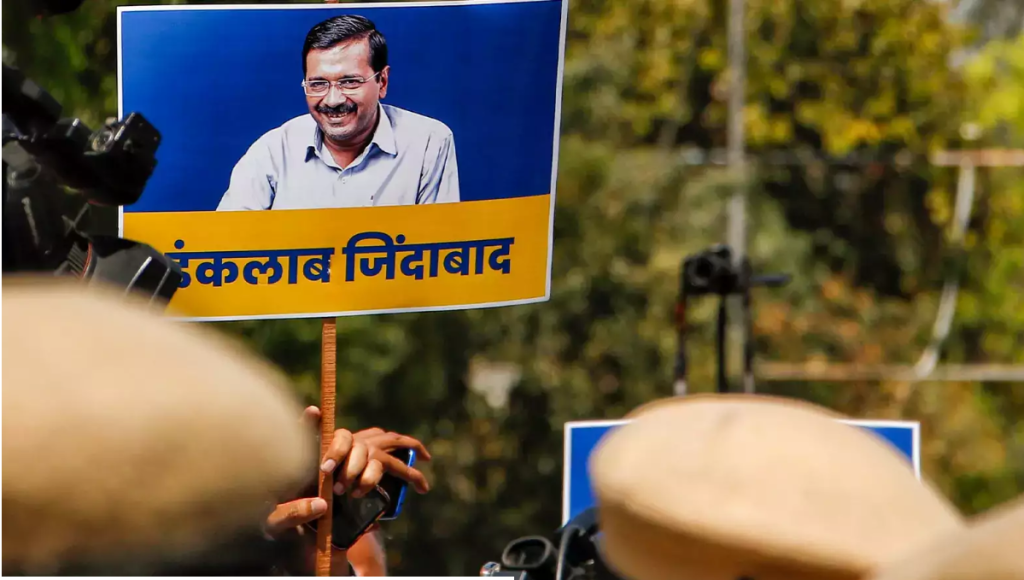Newspapers carried screaming headlines last week about a sensational new discovery. At a demonstration attended by top scientists, Mr Ramer Pillai boiled a handful of herbs in water with some chemical additives, and produced 600 ml of kerosene. Optimists suddenly had visions of India joining OPEC and becoming a big producer of oil from herbs.
Some demanded the immediate patenting of the new herb, saying we must not allow this knowledge to be stolen by foreign companies as has happened to neem and turmeric.
This hysterical reaction shows how badly the public has been fooled by the systematic myths and disinformation propagated by NGOs and journalists on patents. The truth is that no foreign company has ever patented neem or turmeric. Nor will they patent the new herb.
This may surprise readers long bombarded with articles about foreign companies stealing our indigenous knowledge on neem and turmeric and patenting it. But as master propagandist Goebbels once said, if you tell a lie often enough, people will believe it. This seems to be the case with neem and turmeric.
In recent years, some countries have permitted the patenting of plant varieties. But you cannot pick up any old plant and rush to the patents office. To get a patent, you have to establish three things; that it is novel (involves an inventive step), non–obvious and commercially useful. It follows that if you breed a new high-yielding variety of neem or turmeric, some countries will let you patent it. But you cannot take a traditional variety to a patent office and get intellectual property rights over it. It is simply false to claim, as so many have, that any foreign company has patented the neem tree.
The truth is that no foreign company has ever patented neem or turmeric, nor will they patent the new herb.
A global search made by the department of science and technology last year disclosed that 63 patents had been granted globally for products related to neem. Not a single patent was for neem itself. All 63 were for new processes or products using neem and its principal extract, azadirachtin. All 63 patents involved some inventive step.
Several newspaper articles have been written claiming that an American company, WR Grace, has patented neem in the United States. This is false. What the company has patented is a technology for stabilising azadirachtin (a neem extract) to give it a longer shelf life. This does not give the company any patent rights over traditional neem usage by Indian farmers. It is not theft of traditional Indian knowledge, but a step that improves on traditional knowledge.
Even so, say fundamentalists, the inventor should pay Indian farmers for the original knowledge on which it has built. This raises the question: How long should such intellectual property rights last? In the case of new patents, many of the same fundamentalists claim that a 20-year life (proposed by WTO) is much too long. Yet the fundamentalists wants a patent life of hundreds of years for Indian farmers in the case of neem. This is hypocrisy.
A few further points are in order.
- Who says neem is Indian anyway? The tree is found in several Asian and African countries. Research may well show that it comes from Africa, or from what is now Pakistan. Will the same fundamentalists claim the Indian farmers have been stealing hat knowledge of Africa and Pakistan, and should pay for this theft of centuries?
- Iron has been known from the Iron Age. But you can still get patents for new processes to make iron, or to use iron. Is every such invention a theft of the knowledge of the Iron Age? Should the Bhilai steel pay royalties to the descendants of Iron Age folk in Africa?
- A large number of crops grown in India- potatoes, tea coffee, soybeans, possibly wheat and cotton – came here from other countries. If these varieties are the intellectual property of farmers in the originating country, is every farmer growing them guilty of theft?
- India’s Green Revolution was based on high-yielding wheat varieties originating in Mexico. Is this now to be interpreted as massive Indian theft of the traditional knowledge of Mexican farmers?
The knowledge of the ages is free. Patents are temporary monopolies for 20 years, given to spur further inventions. After this 20-year interregnum, all patented inventions join the pool of free knowledge.
Thus, the real result of patents is not to limit free knowledge, but to greatly expand it. Patented knowledge is and always will be a tiny fraction of all knowledge. In the absence of patents, there would be less research and, hence, less free knowledge in the long run. We have infinitely more free knowledge in our current age of patents that in earlier centuries before patent laws were made.
To get a patent, you have to establish three things; that it is novel (involves an inventive step), non-obvious and commercially useful.
We urgently need a law giving protection to new plant varieties. Indian scientists have an excellent track record inbreeding new varieties. If the rest of the world has plant protection but India does not, then the rest of the world will get Indian inventions free of charge while we have to pay for other people’s inventions. That is surely absurd.
Let us return to were we started, at Mr Ramer Pillai’s new method of converting herbs into kerosene. Some people want to rush and file a patent on the herb. But India has no law to patent a plant. Even the Plant Varieties Protection Bill being prepared will not allow a traditional herb to be patented—it will protect only newly bred varieties.
Can we patent the herb in countries, which have plant patents? Almost certainly not—you cannot get a patent for a traditional variety. And even if by some chance you do, that only means multinational cannot use the process in the country. Nothing will prevent Hindustan Lever or ICI from using the technology in India—we do not allow plant patents.
So please do not get too excited. Do not swallow tall tales of neem or Mr Pillai’s herb being stolen. Anyway, the secret of Mr Pillai’s success is probably chemistry, not biology. Many plants contain oil, and the Brazilian copaiba tree yields a sap which is just like diesel. But none of these have proved economic because of their low yield. The striking thing in Mr Pillai’s discovery is the very highs yield kerosene. However, the handful of herbs used by him seem to have too little carbon to produce so much kerosene. Some scientists think his chemical reaction suck in carbon dioxide from the atmosphere. If so, his invention will be a chemical process, which he can indeed patent. But do not confuse that with patenting a roadside herb.




